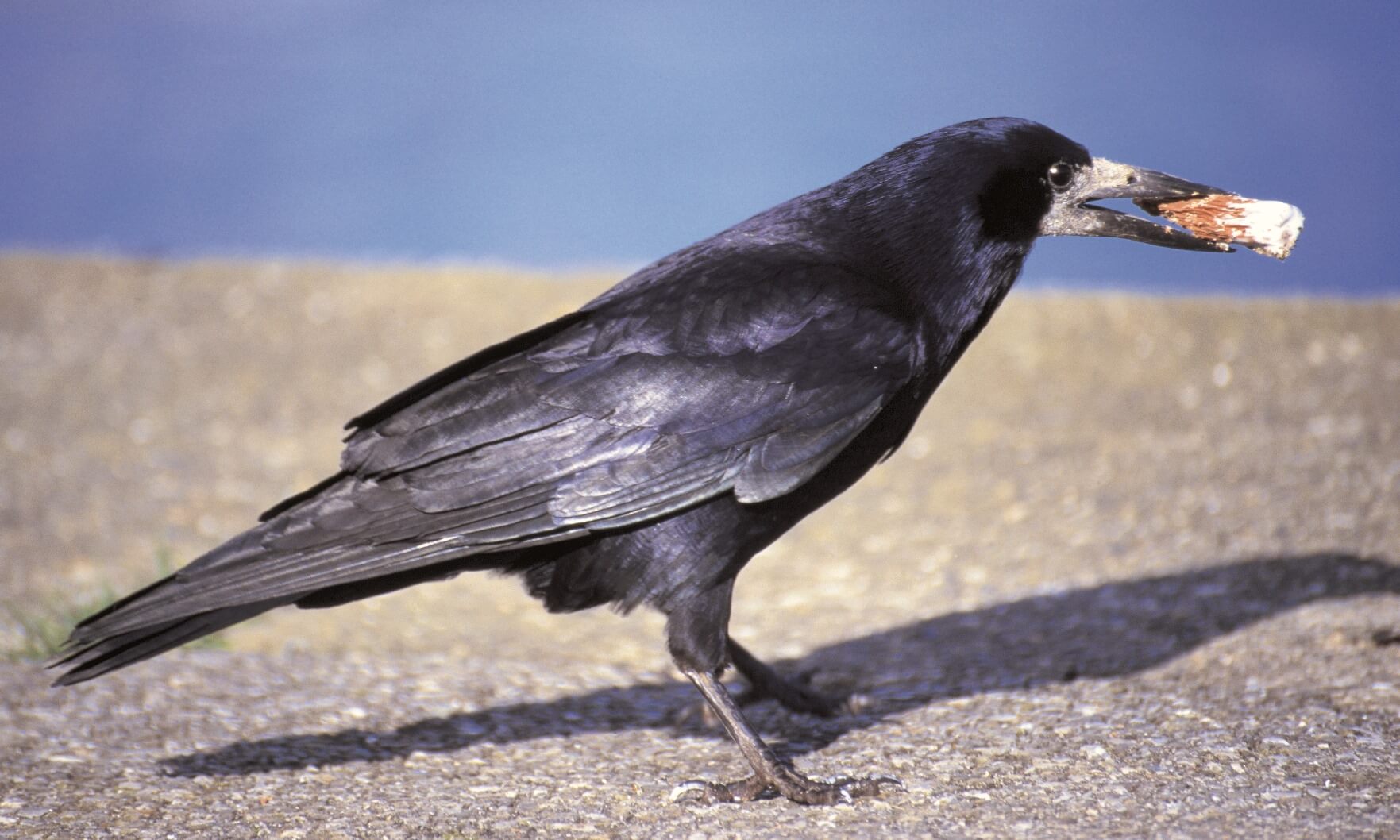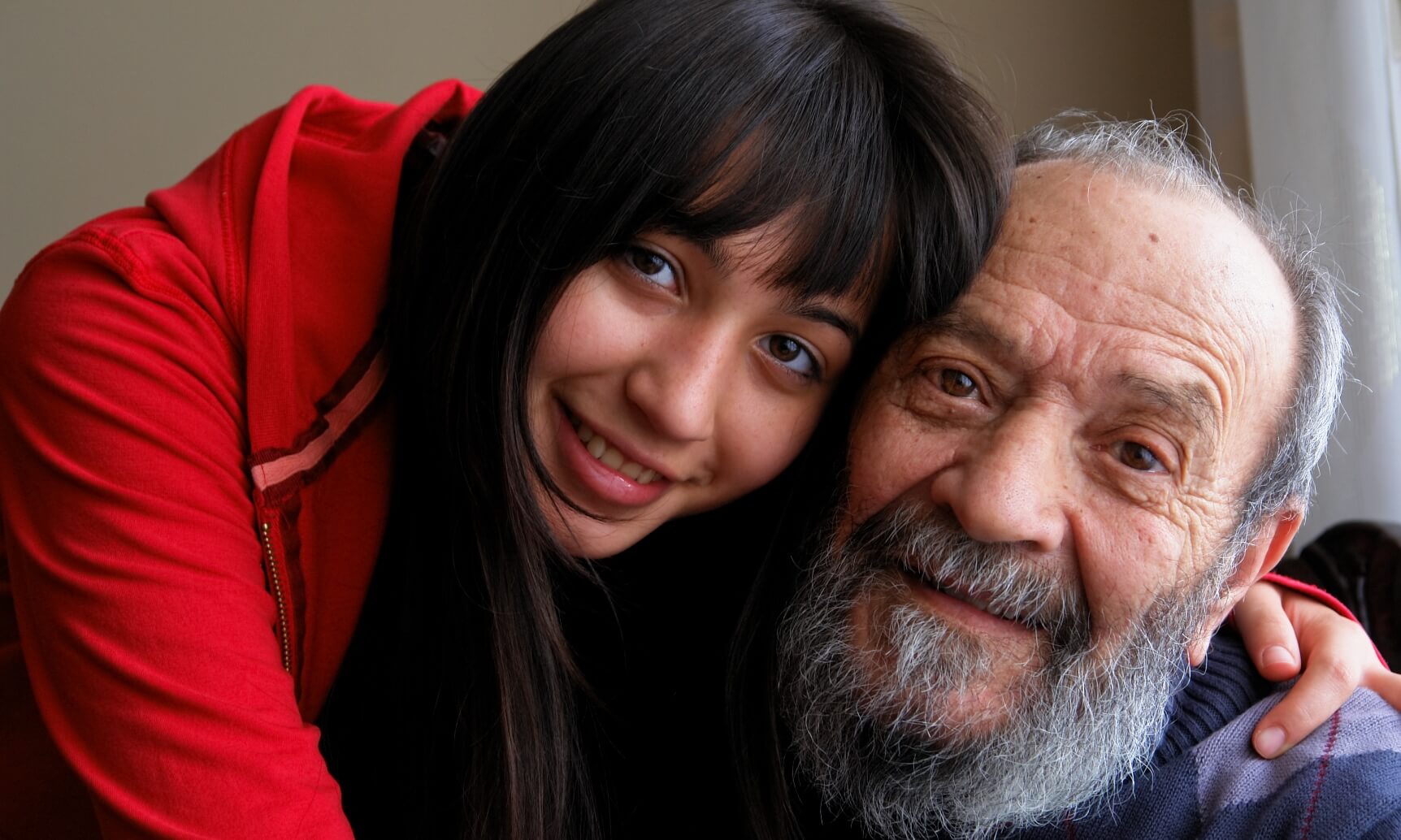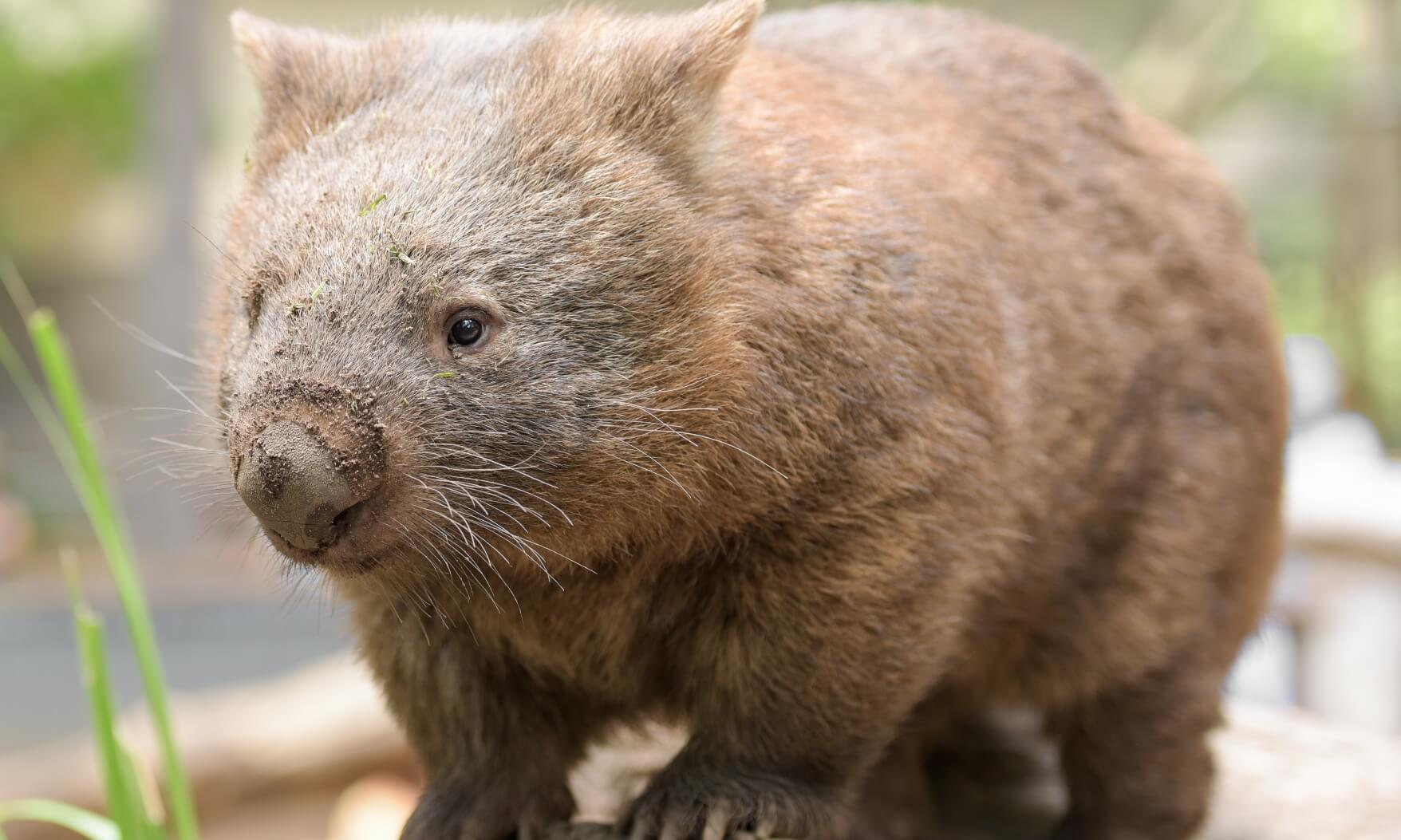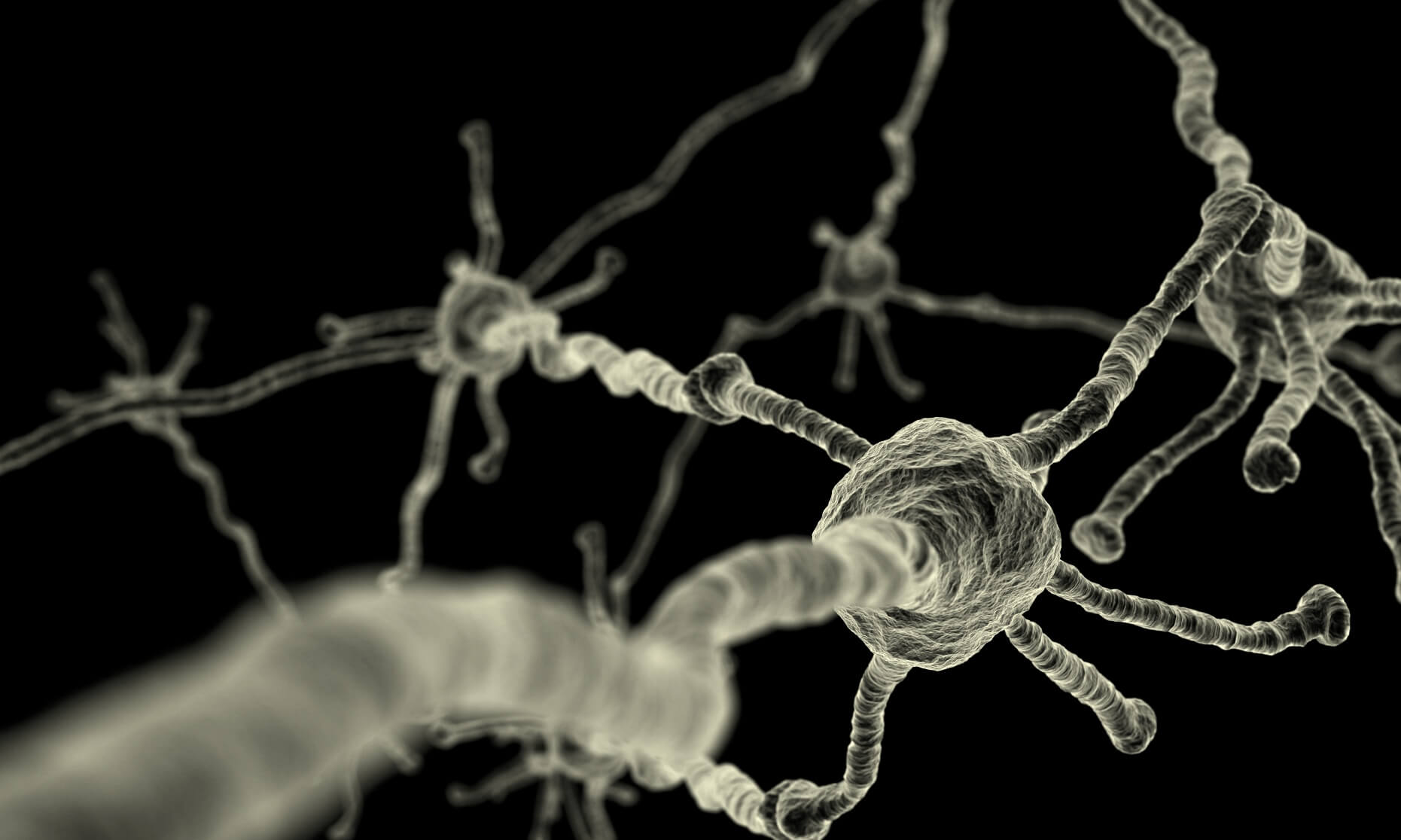Learn about the intensive research project that definitively showed the bonds among all humans.


Learn about the intensive research project that definitively showed the bonds among all humans.

Your eyes are able to perceive many wavelengths of light as colors. But not all light is visible to the human eye. Here’s a closer look at some of what you can’t see—infrared light.

Snakes and spiders top lists of things people fear, even though accidents and diseases are deadlier. The reason why harks back to the experiences of our early ancestors.

Matt Moniz was named “Adventurer of the Year” in 2010 by National Geographic when he was just 12! At 17 years old he realized his dream to climb Mount Everest but was also caught up in a deadly avalanche.

Paul Salopek is a Pulitzer Prize-winning journalist who is retracing our ancestors’ migration out of Africa on foot. This epic journey began in Ethiopia in 2013 and will end this year at the tip of South America. Explore the walk and some of the latest stories from the journey.

Get an overview of how intelligence appears across the animal world and why humans care so much about it.

This article and video discuss ‘nature deficit disorder’ and the benefits of being in nature on our emotional, physical, and mental health.

The artist Julian Beever uses perspective to create amazing sidewalk art that looks three-dimensional—as long as you look at it from the right angle.

Nuclear meltdowns are very rare but dangerous. Read about how nuclear reactors work and what causes a meltdown.

Why might someone whose grandfather mined coal be afraid to go underground? It’s no coincidence.

Hatred is borne from many factors, both neurological and sociological; it can lead people to seek vengeance and leaders to implement large-scale atrocities such as the Holocaust.

Teens may be more immersed in the digital world than their parents, and that’s a good thing for their brains. This article explores how technology is making teens’ brains more flexible and better able to adapt to change.

Read about the start of the environmental justice movement, when activists protested the location of hazardous waste sites in low-income and minority communities.

Traveler and writer Amy Ragsdale shares how exploring both the parks and building-lined streets of New York City can trigger an examination of the relationship between man and nature.

People have always sought to impose order on nature, not only by taming landscapes and creatures but also by developing an understanding of how and why nature works the way it does. In this blog post, Marcelo Gleiser ponders the differences between the laws humans make and the laws by which nature functions.

Like anything you have with you all the time, you might take your eyes for granted. But how the eye translates the light falling onto an object into an image your brain can make sense of is pretty amazing. Here’s an overview.

Greek mythology is filled with impossible events and bizarre creatures, but where did the idea of a one-eyed giant come from? Archaeologists have a theory.

Adorable baby animal videos are all over the Internet; find out the touching story behind one of them.

With an unusually cold winter, the ice caves of Lake Superior draw many visitors every year. Check out this collection of amazing photographs.

It might seem that careful thought about all of the options would drive our decision making. But researchers have found that confidence is a bigger driver.